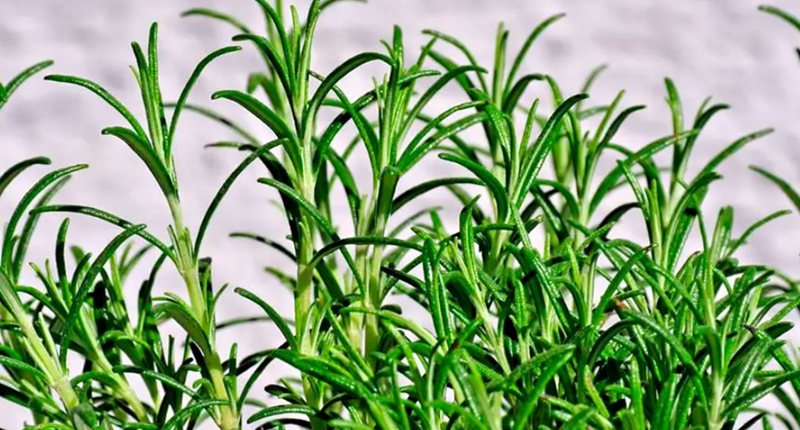Typical Application of Rosemary Extract for Food Preservation
In recent years, consumers have been demanding clean eating and more natural alternatives to synthetic preservatives. This change has pushed scientists and food manufacturers to explore plant-based solutions. Rosemary extract has emerged as a game-changer in the era. This humble herb, known for its pine-like aroma and culinary charm, is more than just a flavor booster, but also a natural antioxidant and antimicrobial agent with proven effectiveness in extending shelf life. Let’s explore how this plant-based solution works, its benefits, and why it’s a top choice for preserving food today.
What’s Rosemary Extract?
Rosemary (Rosmarinus officinalis L.), an aromatic plant in the Lamiaceae family, is native to the coastal areas of the Mediterranean region. As a natural spice plant, rosemary has a long history of cultivation and consumption. Research has shown that rosemary is packed with a wide range of bioactive compounds, including carnosic acid, rosmarinic acid, and carnosol. These compounds act as powerful antioxidants, possessing a variety of physiological activities, including antioxidant, antibacterial, anti-inflammatory, anti-tumor, and anti-gastric ulcer functions. These compounds combat oxidative damage and microbial growth, two primary causes of food spoilage. Additionally, rosemary extract is generally recognized as safe (GRAS) by food safety authorities, making it a regulatory-friendly option. Unlike artificial preservatives like BHA or BHT, rosemary extract is clean-label, meaning it’s consumer-friendly and aligns with the demand for natural ingredients. It works across a range of products—meats, oils, baked goods, and even beverages—without overpowering flavors when used correctly.
Applications in Different Food Categories
Oils and Fats Vegetable oils, margarine, and frying oils are highly prone to oxidation during processing and storage, significantly reducing their nutritional value and sensory quality. Moreover, the oxidation products such as malondialdehyde, propionaldehyde, and 4-hydroxynonenal (4-HNE) produced by oil oxidation can cause serious harm to human health. Many commercial cooking oils now include rosemary extract to ensure freshness, stability, and longer shelf life. Compared with synthetic antioxidants, rosemary is widely recognized due to its excellent antioxidant activity and safety. Adding rosemary extract can effectively inhibit lipid oxidation reactions during the processing and storage of edible vegetable oils such as soybean oil, rice bran oil, rapeseed oil, and flaxseed oil, as well as animal-based oils such as fish oil and ghee. It’s a favorite in omega-3-rich oils, where spoilage is a bigger risk. According to the study, the extract of rosemary in soybean oil is 1000mg/kg. Adding rosemary extract can inhibit the oxidation of soybean oil at 180℃, which can extend the stability of soybean oil from 7.52 hours to 13.5 hours, and reduce the content of polar compounds from 17.35% in the control group to 7.99%. Meat and Poultry Products 
Challenges
Despite its benefits, rosemary extract is not without challenges. It has a herbal or slightly bitter taste, which may not be suitable for all food types. Manufacturers can choose lower dosages or concentrate to ensure effectiveness without altering sensory qualities. It should be noted that the concentration of active compounds can vary depending on the extraction method, plant origin, and formulation. Cost is another consideration. Natural extracts tend to be more expensive than synthetic preservatives, which may affect pricing strategies for manufacturers. However, the growing demand for clean-label products often offsets this drawback, as consumers are willing to pay more for healthier choices.
Conclusion
Rosemary extract is a prime example of how nature offers solutions to current food industry challenges. Its antioxidant and antimicrobial properties make it an effective, natural alternative to synthetic preservatives across a wide range of foods—from oils, meat and seafood to baked goods, and dairy. Researchers are also exploring synergistic effects by combining rosemary extract with other natural preservatives such as green tea extract or essential oils, which could lead to even more powerful preservation systems. As the demand for clean-label and natural products grows, rosemary extract will continue to play a crucial role in shaping the future of food preservation.



